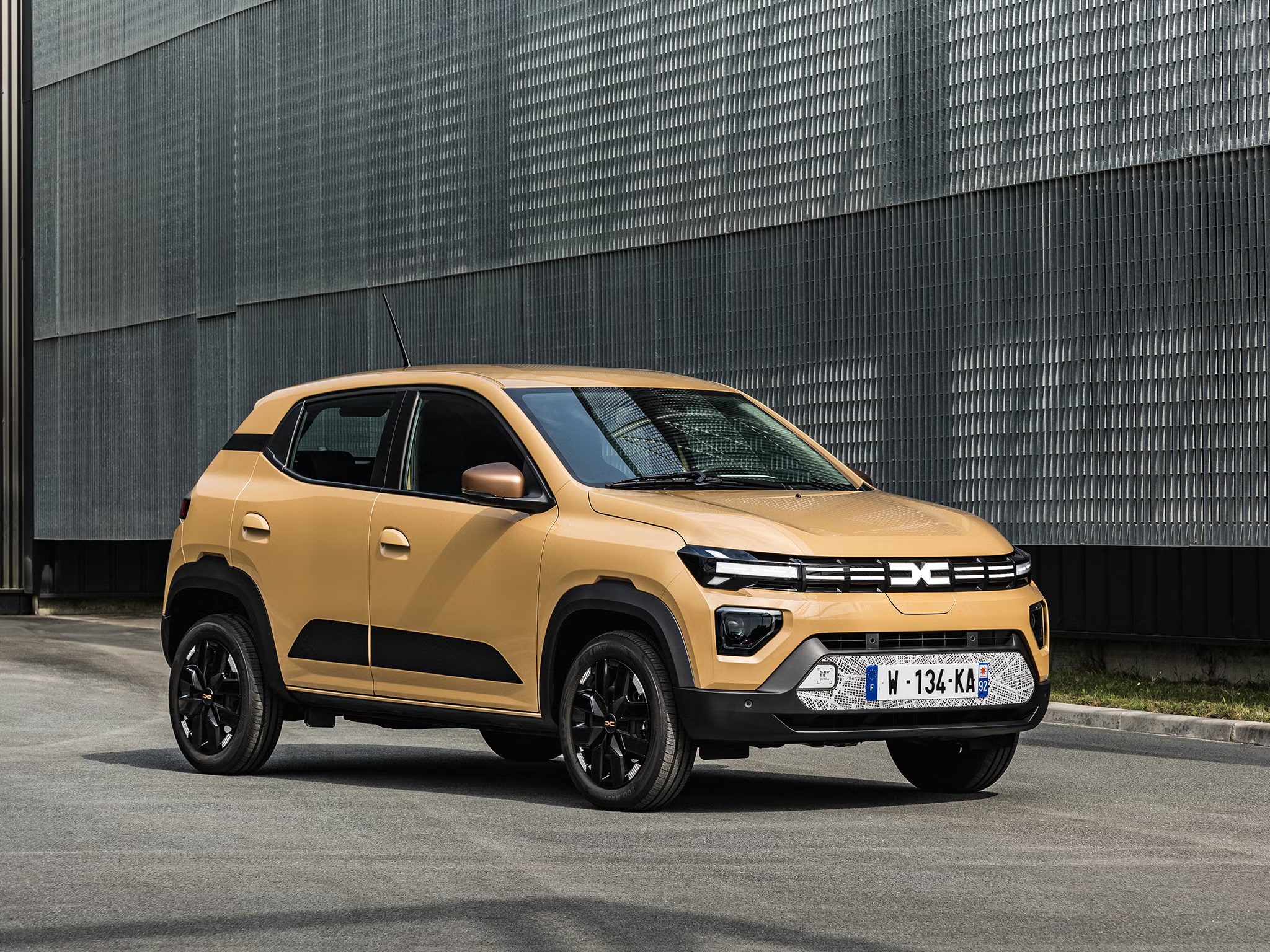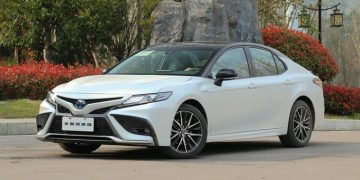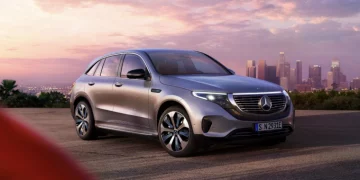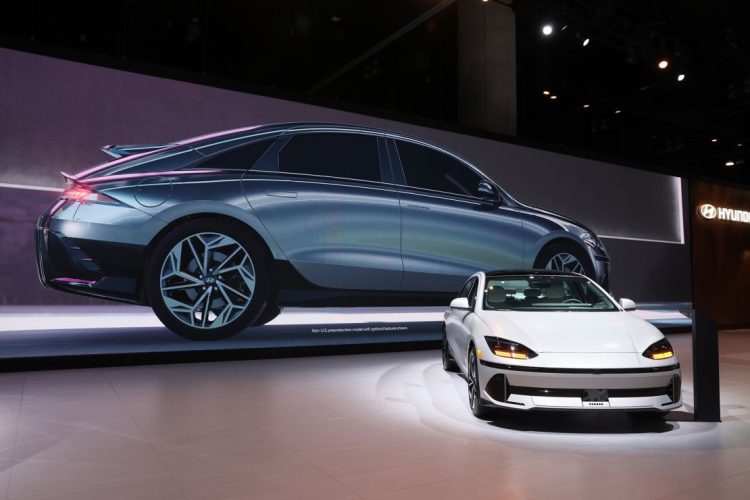Introduction: The Rise of Affordable Electric Vehicles
The global electric vehicle (EV) market has witnessed remarkable growth in recent years. The transition to electric mobility, fueled by environmental concerns, government incentives, and technological advancements, has driven consumers to embrace electric vehicles. However, one of the primary challenges hindering widespread adoption is the price point of these vehicles. Despite the numerous benefits of EVs, many consumers find the initial cost of purchasing an electric vehicle higher than that of traditional internal combustion engine (ICE) vehicles.
As consumer demand for affordability continues to grow, automakers are responding by developing lower-cost electric vehicles. This shift is not only changing the competitive dynamics of the automotive industry but also reshaping the entire EV market. In this article, we will analyze how consumer demand for affordable electric vehicles is pushing manufacturers to produce more cost-effective models and the implications this has for the future of the EV market.
The Price Challenge: Why Are Electric Vehicles Expensive?
1. High Production Costs of Electric Vehicles
Electric vehicles tend to be more expensive than their gasoline-powered counterparts due to several factors. The primary reason for the higher costs is the battery, which is the most expensive component of an EV. Lithium-ion batteries, the standard used in most electric vehicles, require expensive raw materials like lithium, cobalt, and nickel. Furthermore, the manufacturing processes for these batteries are complex and energy-intensive, contributing to their high price.
In addition to the cost of the battery, electric vehicles often require specialized components, such as electric motors, power electronics, and charging systems, which add to the overall production cost. While advancements in technology have led to gradual reductions in battery costs over the years, the price of EVs remains higher compared to traditional vehicles, which are powered by less expensive gasoline engines.
2. Economies of Scale and Production Efficiency
As the EV market matures, automakers are leveraging economies of scale to reduce production costs. Large-scale manufacturing of electric vehicles and batteries is helping to bring down the price of EVs over time. The more EVs a manufacturer produces, the lower the cost per unit. By investing in gigafactories and building efficient production lines, automakers are able to reduce the cost of producing both the vehicle and the battery.
Tesla, one of the leading manufacturers of electric vehicles, has been at the forefront of reducing production costs through economies of scale. The company has made significant strides in automating its manufacturing processes and developing innovations such as the “gigafactory” to produce batteries at a lower cost. These efforts have allowed Tesla to offer more affordable models like the Tesla Model 3, which has been instrumental in making electric vehicles more accessible to consumers.
3. The Role of Government Incentives
Governments around the world have been instrumental in driving the growth of the electric vehicle market by offering incentives such as tax credits, rebates, and subsidies for both consumers and manufacturers. These incentives help offset the higher initial costs of electric vehicles, making them more affordable to a broader range of consumers.
In the United States, for example, consumers can receive up to a $7,500 federal tax credit for purchasing a new electric vehicle, and state-level incentives can further reduce the price of an EV. Similarly, European countries offer generous subsidies and incentives to consumers who purchase electric vehicles, making EVs more affordable. These incentives not only reduce the upfront cost of electric vehicles but also encourage manufacturers to invest in lower-cost models to meet demand.
Consumer Demand for Affordable EVs: A Driving Force
1. Rising Consumer Awareness and Environmental Concerns
As consumer awareness of environmental issues increases, so does the demand for electric vehicles. Many consumers are motivated by the desire to reduce their carbon footprint and contribute to combating climate change. However, despite their interest in adopting more sustainable transportation options, many consumers are still reluctant to make the switch to electric vehicles due to their higher upfront cost.
For electric vehicles to become more mainstream, they need to be affordable to a wider audience. This includes middle-income consumers who are looking for a cost-effective way to own a vehicle that aligns with their environmental values. Manufacturers are beginning to respond to this demand by producing more affordable EV models that offer a balance of performance, range, and features at a lower price point.
2. Affordability as a Barrier to Widespread EV Adoption
While there is significant interest in electric vehicles, affordability remains one of the key barriers to widespread adoption. In particular, entry-level EVs, which are often priced higher than their gasoline counterparts, are out of reach for many consumers. According to surveys, the average consumer is willing to pay a premium for an electric vehicle, but that premium is not unlimited. The high price tag of many electric vehicles deters potential buyers, especially in regions where lower-income households rely on affordable, used gasoline-powered vehicles.
Affordable EV models are needed to make electric mobility accessible to a broader range of consumers. By developing lower-cost vehicles, automakers can tap into a larger market and help accelerate the transition to electric mobility. As the market for affordable EVs grows, it is expected that economies of scale will drive down prices, further encouraging adoption.
3. The Shift Toward Compact and Budget-Friendly Models
To meet the demand for more affordable electric vehicles, automakers are introducing compact and budget-friendly models designed for the mass market. These vehicles typically have smaller batteries and fewer high-end features, allowing manufacturers to keep costs down. The goal is to provide consumers with a practical, cost-effective alternative to traditional gasoline-powered vehicles.
For example, automakers like Nissan, Chevrolet, and Hyundai have introduced more affordable EVs, such as the Nissan Leaf, Chevrolet Bolt EV, and Hyundai Kona Electric. These vehicles offer sufficient range and performance for daily commuting, making them attractive options for budget-conscious consumers. As the demand for budget-friendly electric vehicles grows, more manufacturers are expected to follow suit, leading to increased competition in the affordable EV segment.
How Automakers Are Responding to the Affordability Demand
1. Affordable EV Models from Established Brands
Established automakers are beginning to introduce affordable electric vehicles to meet the growing demand. Companies like Volkswagen, Ford, and General Motors are investing heavily in electric vehicle development, with a focus on producing lower-cost models for the mass market.
Volkswagen’s ID.3, for example, is a compact and affordable electric vehicle designed for the European market. With a starting price that is comparable to many gasoline-powered compact cars, the ID.3 offers a practical solution for consumers who want to make the switch to electric mobility without breaking the bank.
Ford has also entered the affordable EV market with the Ford Mustang Mach-E, a crossover SUV that offers an attractive price point and competitive range. By offering a range of affordable options, these traditional automakers are positioning themselves to capture market share in the rapidly growing electric vehicle market.

2. The Rise of Chinese EV Manufacturers
In addition to established automakers, Chinese electric vehicle manufacturers have emerged as significant players in the global EV market. Companies like BYD, NIO, and Xpeng have been able to develop affordable electric vehicles that cater to the growing demand for lower-cost options.
Chinese automakers have an advantage when it comes to the cost of production, as they have access to abundant domestic resources and government subsidies. Additionally, many Chinese manufacturers have focused on producing electric vehicles with compact designs and fewer luxury features, which allows them to offer competitive prices to consumers.
As Chinese EV manufacturers expand their global reach, they are expected to further drive down the cost of electric vehicles and make them more accessible to a wider audience. These companies are also making significant investments in battery technology and charging infrastructure, which will help reduce costs and improve the overall EV ownership experience.
3. Innovations in EV Battery Technology
Advancements in battery technology are playing a crucial role in making electric vehicles more affordable. New battery chemistries, such as lithium iron phosphate (LFP) batteries, are being developed to reduce the cost of production while maintaining high energy density and performance. LFP batteries, which are cheaper to produce than traditional lithium-ion batteries, have already been adopted by several Chinese automakers and are expected to become more common in budget-friendly EV models.
In addition to cost reduction, improvements in battery efficiency and energy density are helping to extend the driving range of affordable electric vehicles, making them more practical for everyday use. As battery technology continues to improve, the cost of electric vehicles is expected to decrease, making EVs even more accessible to consumers worldwide.
The Future of Affordable EVs and Market Dynamics
1. The Role of Government Policies in Reducing EV Prices
Government policies will continue to play a pivotal role in driving the affordability of electric vehicles. Tax credits, subsidies, and incentives are essential tools for making electric vehicles more accessible to consumers. In addition to providing financial assistance to buyers, governments are also encouraging manufacturers to develop lower-cost models through incentives for research and development.
Countries like China and the United States have already introduced policies to encourage the production of affordable electric vehicles. As governments around the world continue to prioritize the transition to electric mobility, the affordability of EVs is expected to improve.
2. The Impact of Affordable EVs on the Automotive Industry
The shift toward affordable electric vehicles is reshaping the competitive dynamics of the automotive industry. Traditional automakers are increasingly competing with new entrants from the tech and startup sectors, as well as Chinese manufacturers, who are disrupting the market with lower-cost models. As a result, established automakers are being forced to adapt by reducing costs and developing more competitive EV offerings.
The rise of affordable EVs is also creating new opportunities for suppliers, such as battery manufacturers and charging infrastructure providers, who are essential to the growth of the market. As EV adoption accelerates, the automotive supply chain will evolve to meet the demand for affordable, sustainable transportation solutions.
Conclusion: The Future of Affordable Electric Vehicles
The demand for affordable electric vehicles is reshaping the EV market and pushing automakers to develop more cost-effective models. As battery technology improves, economies of scale are realized, and government policies support EV adoption, the price of electric vehicles is expected to continue to decrease. With a growing emphasis on affordability, electric vehicles are poised to become more accessible to consumers worldwide, accelerating the transition to a cleaner, more sustainable automotive industry.











































